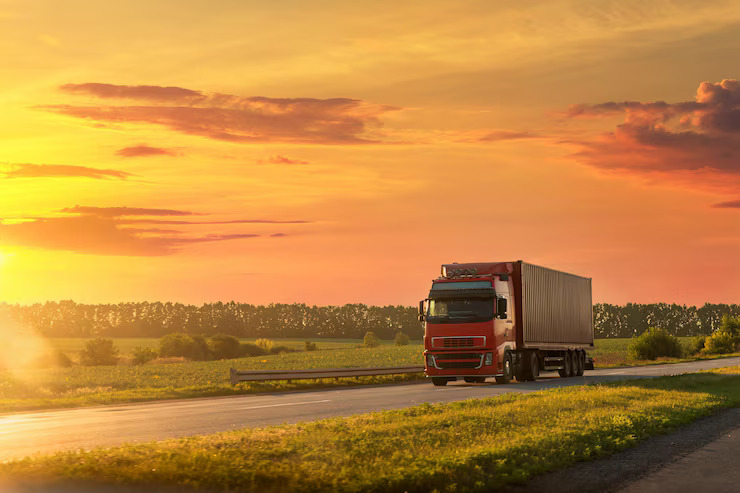
In the world of off-roading, roadside emergencies, and heavy-duty vehicle operations, having the right gear is essential. One tool that stands out as a must-have in any recovery kit is a vehicle recovery strap. Whether you’re an outdoor enthusiast, a commercial driver, or just a safety-conscious motorist, understanding how to choose and use a recovery strap can make a world of difference in sticky situations.
What Is a Vehicle Recovery Strap?
A vehicle recovery strap is a high-strength strap designed to help recover stuck, bogged, or immobile vehicles. Typically made from durable materials like nylon or polyester, recovery straps are built to stretch under pressure and safely transfer kinetic energy from a recovery vehicle to a stuck one.
Unlike chains or rigid tow ropes, a vehicle recovery strap can stretch slightly, which helps to reduce the shock load during recovery and minimizes damage to both vehicles involved.
Key Features to Look for in a Quality Vehicle Recovery Strap
Choosing the right recovery strap isn’t just about picking the longest or thickest one. The best vehicle recovery strap will be tailored to your vehicle’s weight, the type of terrain you frequent, and the intensity of recovery you expect to perform.
1. Material Strength
Look for straps made from high-quality nylon webbing, which offers excellent elasticity and shock absorption. Polyester is another durable alternative but has less stretch, making it better for towing than snatch recovery.
2. Load Rating
Always check the Minimum Breaking Strength (MBS) of the strap. As a general rule, your vehicle recovery strap should have a breaking strength 2-3 times the weight of the heaviest vehicle you plan to recover.
3. Length and Width
Most recovery straps range between 3m and 9m in length. Shorter straps are ideal for controlled, close recoveries, while longer straps offer more flexibility in off-road scenarios. Width typically ranges from 2 to 4 inches—the wider the strap, the higher its load capacity.
4. Reinforced Loops and Stitching
The ends of the strap should be reinforced with extra stitching or padding to ensure they can handle repeated use without fraying or tearing. Durable looped ends help secure the strap to shackles, hooks, or recovery points safely.
Why Every Vehicle Owner Needs a Recovery Strap
While off-roaders and 4×4 drivers might think of recovery gear as essential, even urban and rural drivers can benefit from carrying a vehicle recovery strap. Breakdowns, ditches, muddy tracks, snowbanks—these can happen anywhere. A strap, along with the right recovery knowledge, could help get you back on the road quickly and safely.
Situations Where a Recovery Strap Comes in Handy:
- Getting stuck in snow or mud
- Pulling a vehicle out of a ditch
- Assisting a friend or stranger on a remote road
- Emergency roadside assistance when towing isn’t immediately available
Safety Tips for Using a Vehicle Recovery Strap
Using a vehicle recovery strap improperly can be dangerous. Always follow these safety tips:
- Inspect your strap for damage before use
- Only attach to rated recovery points on both vehicles
- Never use a recovery strap with a tow ball—it can break off and become a projectile
- Clear bystanders from the area before attempting recovery
- Use soft shackles or D-rings rated for off-road recovery
Where to Buy the Best Vehicle Recovery Straps
When shopping for a vehicle recovery strap, always buy from reputable automotive or off-road supply stores. Look for brands that specialize in 4×4 accessories or heavy-duty recovery gear. Many online platforms now offer premium recovery straps with detailed specs, customer reviews, and safety ratings.
Popular Brands Include:
- ARB
- Rhino USA
- GearAmerica
- Smittybilt
- Ironman 4×4
Conclusion: Don’t Get Stuck Without One
Whether you’re driving across the UK countryside, exploring rugged off-road trails, or simply want to be prepared for roadside emergencies, investing in a high-quality car recovery straps is a smart decision. This small piece of gear can make the difference between being stranded for hours and getting back on the road in minutes.






